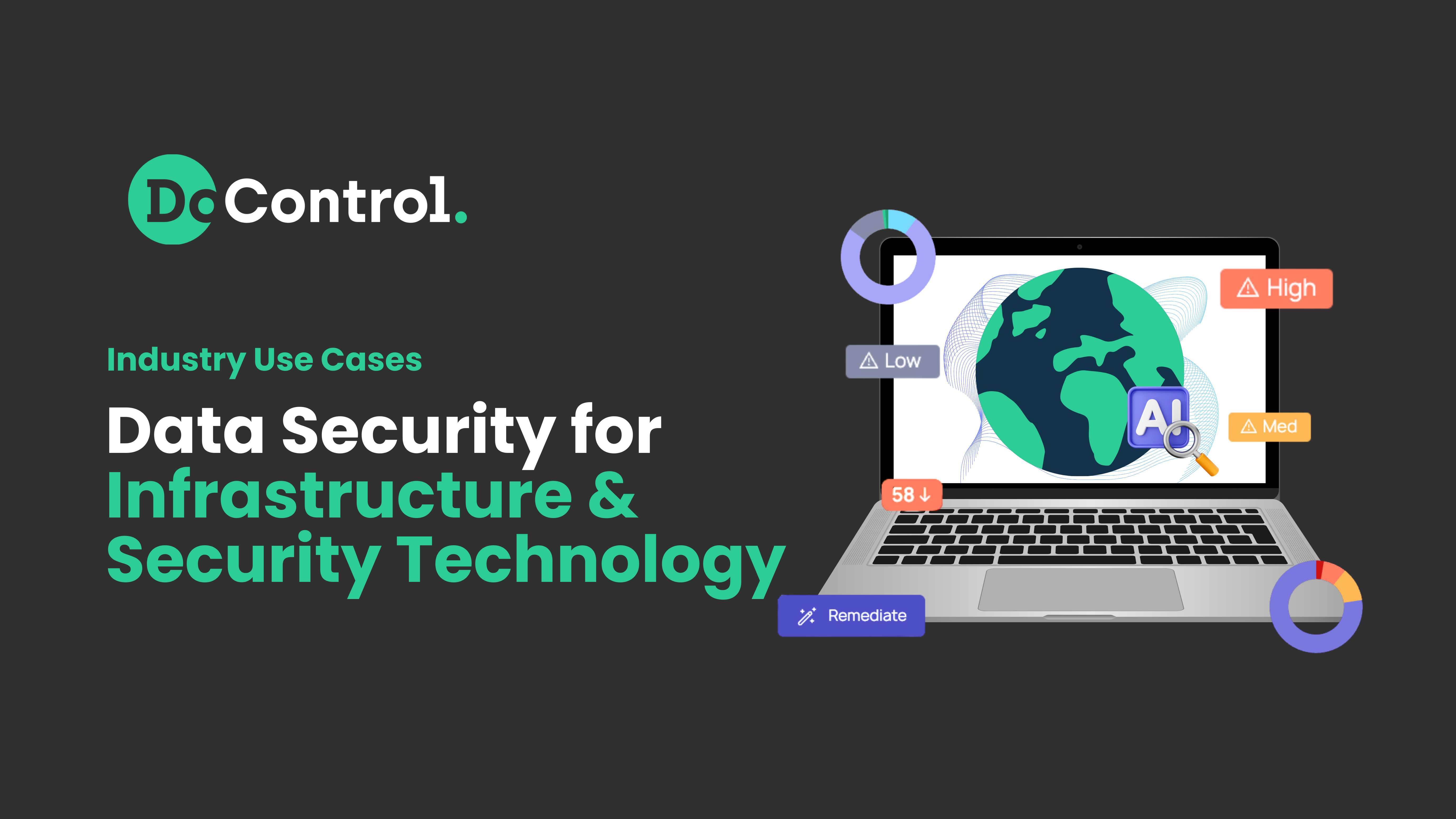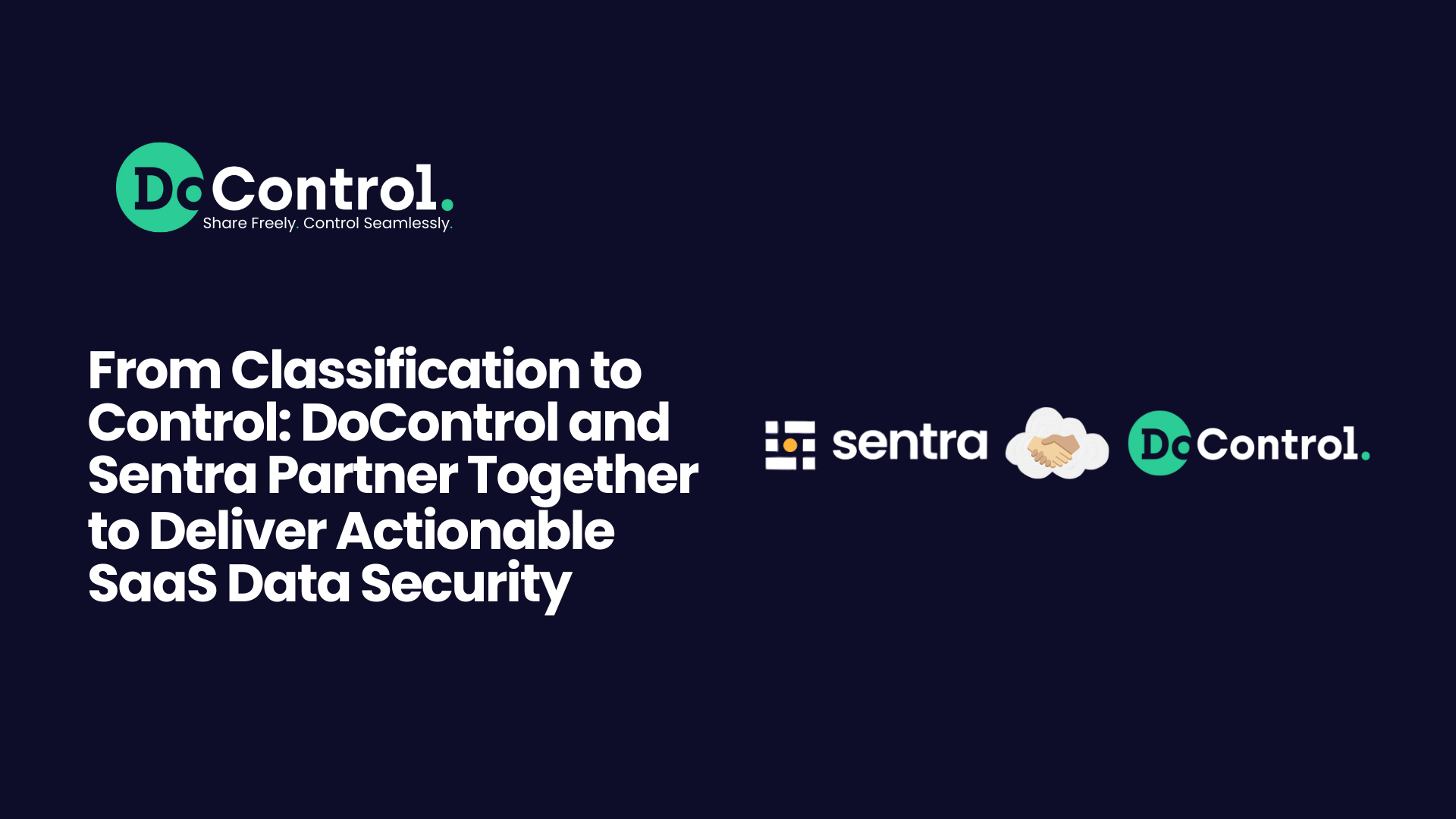
Slack is an essential part of day-to-day workflows for millions of employees around the world. The solution, which enables lightning-fast sharing of text, pictures, videos and files, enables teams to collaborate quickly and hold discussions on projects or strategy in one central place.
But while Slack streamlines communications and provides serious value for businesses, especially those with remote and hybrid workers, the tool does come with some major risks, specifically in the area of DLP.
Here’s what businesses need to know about DLP for Slack and protecting their internal data and safeguarding their reputations, as well as remaining in compliance with data privacy regulations.
Understanding Slack DLP: The Basics
DLP (Data Loss Prevention) is a paramount concern for businesses in the digital age. The term DLP refers to initiatives aimed at preventing private or sensitive business-related information from being obtained by bad actors or leaked from within an organization.
In a collaborative setting like Slack, where information is constantly exchanged between teams and departments, data security is key. Employees will often share critical data without fully understanding the potential consequences, like that information being made public or sold by cybercriminals.
It’s important to note that Slack does not include built-in DLP features. That means that in order to keep your sensitive data safe and prevent leakage, you will need to adopt a third-party solution or integration.
On their website, Slack makes it clear that if you want to ensure business-critical information, like customer credit card numbers, aren’t shared outside of the app, you’ll need to implement a DLP solution.
Slack also stresses that if you’re in a regulated industry like finance or healthcare, which has its own set of data protection regulations, you’ll need a DLP for Slack to stay in compliance with your sector’s legal requirements.
There are a number of different DLP tools for Slack on the market, with businesses able to choose based on varying pricing, scale, user experience and other factors. The key feature of all of these solutions is that they should provide organizations with visibility into each time that sensitive data is being shared within conversations, including automations that can prevent specific information from being sent externally.
The Benefits of Implementing a Slack DLP
There are several main benefits to using a DLP for Slack. Essentially, your Slack DLP serves as your first line of defense for ensuring that your organization’s sensitive data doesn’t end up in the wrong hands.
If your business operates within an industry or geographic area with data-specific regulations, such as HIPAA and GDPR, a DLP for Slack is crucial for remaining on the right side of these requirements.
Data breaches and leaks can cause irreparable damage to the trust between your business and its clients and investors. A solid DLP ensures the future stability of your business, giving you peace of mind and the knowledge that you won’t need to do arduous damage control after a harmful data exposure.
A robust Slack DLP is critical for preventing data leaks and breaches, whether by notifying you regarding conversations in which sensitive information is shared, or by automatically preventing the export or transmission of said information to external parties.
When we partnered with Slack to build DoControl for Slack Enterprise, we made sure it encompassed all the necessary elements to prevent unwanted Slack data exposure:
- real-time scanning of your organization's public and private channels, direct messages, group messages and file uploads
- full visibility and holistic insights into the sensitive data being shared on your company Slack accounts
- automated remediations and workflows to stop data exposure in its tracks
Best Practices for Implementing Slack DLP
In order to make the most of your Slack DLP, you’ll need to lay the groundwork for securing sensitive data within your organization via internal protocols.
Establishing clear data protection policies, including which teams or employees are privy to what information, is an important first step. You should determine what levels of access to sensitive data are needed for specific teams, as well as how strict your data controls can be without disrupting workflows.
Customizing DLP rules and policies for Slack is also a fundamental part of this process. For example, you may decide that certain types of information can’t be shared with company-wide or public channels, or that you’ll respond to potential exposures within a specific timeframe.
Even with the most advanced Slack DLP at your disposal, your employees play an incredibly central role in your overall Slack security posture. Investing in training and awareness is key for safeguarding sensitive information on Slack, as, many times, workers themselves are the ones who can either prevent or create a data leak.
Be sure that employees understand why they need to think twice before sharing business information with others, especially with third parties or external contractors. They should also understand why some data should remain on a need-to-know basis, as well as how to detect attempts at garnering that information. Employees should be familiar with what an attempted attack looks like, such as common phishing or impersonation techniques.
For this reason, your Slack DLP solution should ideally incorporate end user involvement and education. When we designed DoControl for Slack Enterprise, we integrated a Slack bot that proactively engages with your users to help them become stakeholders for data security in their organizational communications, in addition to the automated remediations that take immediate action when business-critical data is shared.
Advanced Measures for Enhanced Slack DLP
You can take your Slack DLP strategy to the next level by embracing integration with other security tools, like your SIEM or CASB. Using these solutions in conjunction with your Slack DLP, you can more easily recognize patterns of suspicious activities and take quick action when there’s a possible leak or breach.
DoControl for Slack Enterprise, for example, distinguishes between risky activity and normal business conversations via context garnered from sources like EDP, IDP, HRIS, end-user interactions and the SaaS application itself, helping you prioritize which exchanges actually pose a threat to your organization.
Consider using a DLP that features Machine Learning and AI for threat detection, in order to view all possible exposures in the most effective, streamlined way. These technologies can help you understand what you’re contending with, and the smartest way to respond.
Keep Your Finger on the Pulse of Your Slack DLP
Because of the dynamic nature of the threat landscape, Slack conversations themselves, and the ebbs and flows of business communications, you can’t sit back and expect your Slack DLP to do all the work. Regular monitoring and auditing are necessary to ensure that your solution is working effectively for your business’ unique needs and workflows, and for the members of your teams.
Equally important is choosing a Slack DLP solution whose creators are committed to continuous improvement and updates. Just as the potential risks posed by data loss on Slack are constantly evolving, your solution should also be continuously changing to address these new developments.



